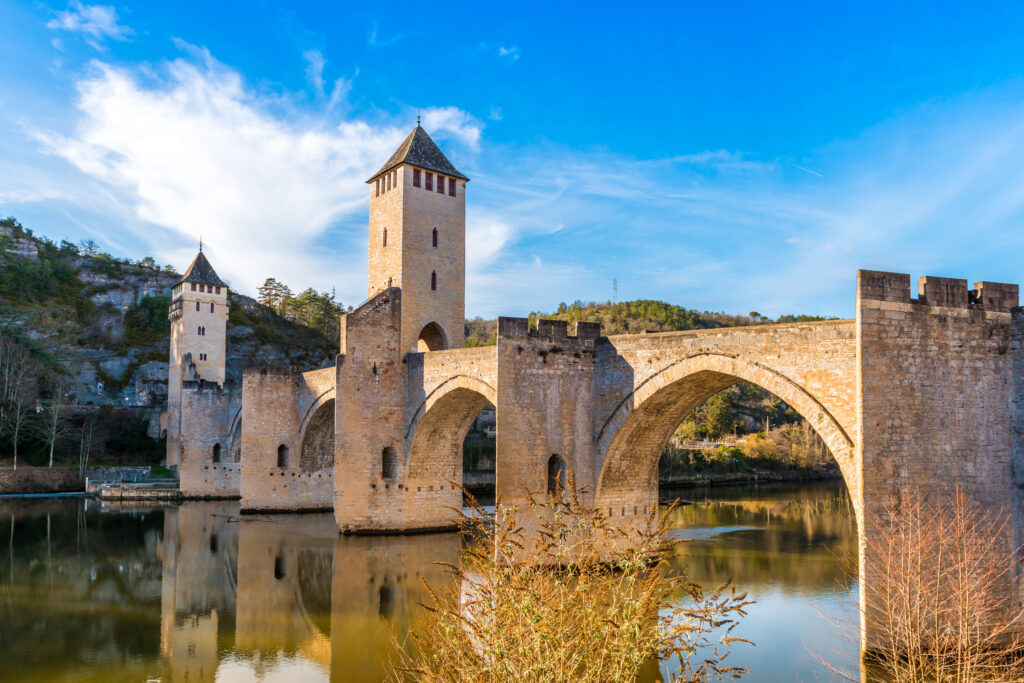
Nestled in a loop of the River Lot, Cahors is a small town with many treasures. This city with its rich Roman past offers a fascinating immersion in history and culture. From the majestic Saint-Étienne cathedral to the famous Valentré bridge, not forgetting the old town center and its medieval architecture, Cahors is a true architectural gem. The Henri-Martin museum, gastronomic products and the region's emblematic wine all add to its charm. So, what's there to do and see in Cahors? In this article, discover the must-sees of this city surrounded by hills and hiking trails that invite you to get away from it all.
1. Saint-Étienne Cathedral: the jewel of the city

Listed as a UNESCO World Heritage Site, Cahors' Cathédrale Saint-Étienne is an architectural marvel. It's also one of the oldest cathedrals in France (900 years old in 2019). Since then, the cathedral has been illuminated every evening with spectacular light shows that highlight its architecture, which blends Romanesque, Gothic and Byzantine styles. The church is also home to the Sainte-Coiffe, one of the cloths said to have been used when Christ was buried, making it an important pilgrimage site and a UNESCO World Heritage Site since 1998 as part of the Pilgrim's Way to Santiago de Compostela.
2. The cathedral cloister
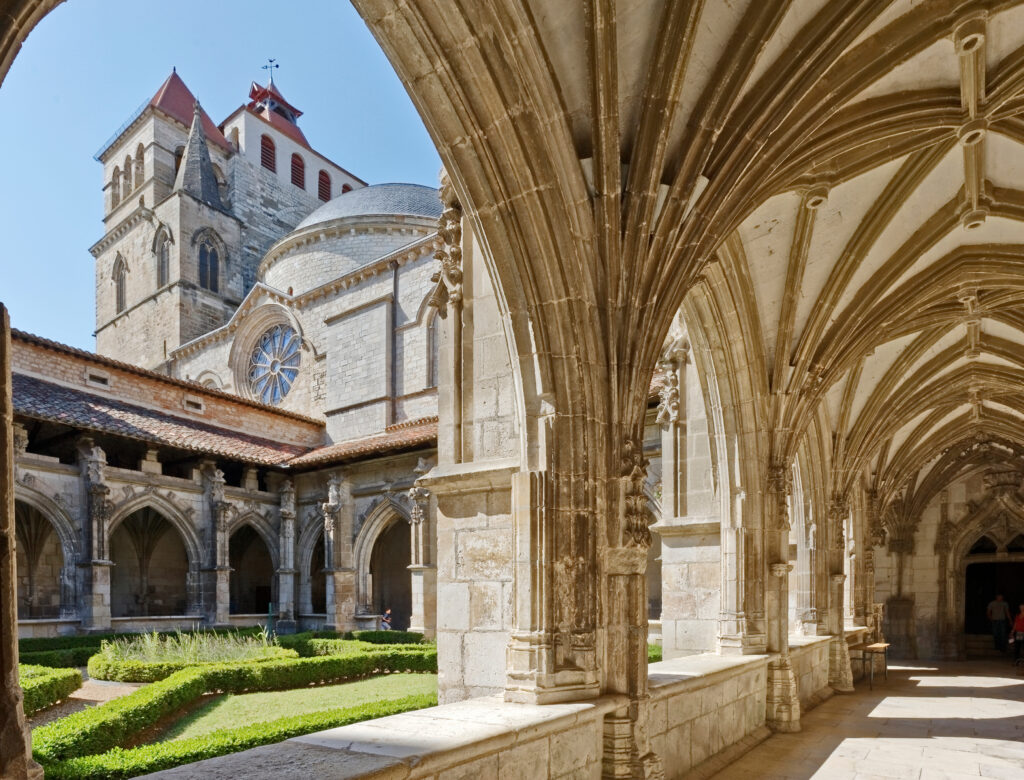
Although unfinished, it is of remarkable beauty. The flamboyant Gothic cloister of Saint-Etienne Cathedral in Cahors features the Virgin of the Annunciation in its niche and the Sainte-Coiffe in the chapel. Built between 1493 and 1553 at the instigation of Bishop Antoine d'Alamand, the cloister benefited from chapter funding and the expertise of a renowned sculptors' workshop, having already worked at Carennac, in the north of the Lot, and Cadouin, in the Dordogne. The result is remarkable: today, the cloister is a pleasant place to stroll and admire this architectural marvel . It also hosts temporary exhibitions. It's a must-see when visiting Cahors, and one of the most beautiful places in the Lot!
Related article: Top 15 most beautiful villages in the South of France
3. Pont Valentré: the town's symbol

It's impossible to visit Cahors without crossing the Pont Valentré, a 14th-century fortified bridge spanning the River Lot. It's a real pleasure to stroll across this car-free bridge, from the source of the Chartreuse to the banks of the heart of Cahors, watching the boats, the sun reflected in the river, looking for the little devil or taking sublime photos from the foredecks. For its history, its great beauty and its comical legend, the Pont Valentré has naturally become the symbol of the city of Cahors. Listed as a historic monument, today it is one of the few and most impressive fortified medieval bridges in France, still in excellent condition.
Good to know: Legend has it that the master builder called in the devil to speed up the work, and succeeded in fooling him. Since then, a sculpture of a devil has adorned one of the towers, and the bridge is nicknamed the "Devil's Bridge".
If you're interested in history, we recommend you read this article: The 15 most beautiful Cathar castles to visit in Occitanie.
4. Take a stroll in the Daurade district

Rue Clément-Marot, named after the prince of poets and brigand poet born in Cahors in 1496, is home to Cahors poet Olivier de Magny (1529-1561). Rue de la Daurade, with its timber-framed and corbelled houses, as well as the executioner's house with its five geminated windows, bears witness to the splendour of superbly restored medieval architecture. An underground passageway leads to the Port Bullier and its promenade, offering a breathtaking view of the city's banks and quays. The entire La Daurade district is magnificent and well worth a visit.
5. Enjoy a breathtaking view from Mont Saint-Cyr

For an unforgettable Cahors experience, be sure to climb Mont Saint-Cyr. This former castrum, with its breathtaking views, is now a popular spot for nature and sunset lovers. To get there, here's a hiking itinerary: the 5.2 km circuit starts after the Cabessut bridge. Pass under the railroad bridge and take the small road that climbs up opposite. After about ten metres, turn right to reach a set of stairs, then a path that leads up to the superb viewpoint of Mont Saint-Cyr. From here, you can see Cahors, the Lot meander and the surrounding hills, with the old town and quays in the foreground. To return downhill, follow the GR36, indicated by red and white markers, on the left.
Good to know: Don't forget to bring suitable footwear and waterproof clothing!
6. La Fontaine des Chartreux: an archaeological site in Cahors

The Fontaine des Chartreux is an archaeological site of Roman origin. It was once a place of devotion to Divona, the Celtic goddess of water who gave her name to Cahors (Divona Cadurcorum). Occupied in the Middle Ages by a mill handed over to the Carthusian monks, it has supplied the town of Cahors with drinking water since the mid-19th century. Only part of its underground bed has been explored by divers, who have discovered nearly a thousand Gallo-Roman coins thrown in as ex-voto offerings.
Read the article: Top 25 most beautiful villages in France
7. Visit the Henri-Martin Museum

Classified as a Musée de France, the Musée Henri-Martin has been housed since 1929 in the former Concordat episcopal palace in Cahors. Post-Impressionist painter Henri Martin lived in Labastide-du-Vert for 40 years, capturing the light of the Lot region he loved so much. In addition to the two rooms dedicated to his works, the museum houses a collection retracing 21 centuries of Cahors history, with medieval and Gallo-Roman remains on display on the first floor. One room is dedicated to Edmée Larnaudie, an interwar painter specializing in sacred art, another to Léon Gambetta, and yet another to classical Beaux-Arts. The museum's collection includes some remarkable and sometimes unusual works.
8. Strolling through the Soubirous district

The ancient city was bounded by a line of walls running along today's Boulevard Gambetta and the Cours du Lot. In the upper part of the town are Cahors' two medieval urban palaces : the Palais de Via and the Palais Duèze. The church of Saint-Barthélemy, with its bell tower-porch, and the monument to the Mobiles du Lot, located near its chevet, complete the perspective of this district to the north. Head south down Rue des Soubirous to Rue du Château-du-Roi, one of the most emblematic streets in old Cahors.
Read the article: Top 15 of France's most beautiful medieval villages
9. Discover Cahors on board the little train
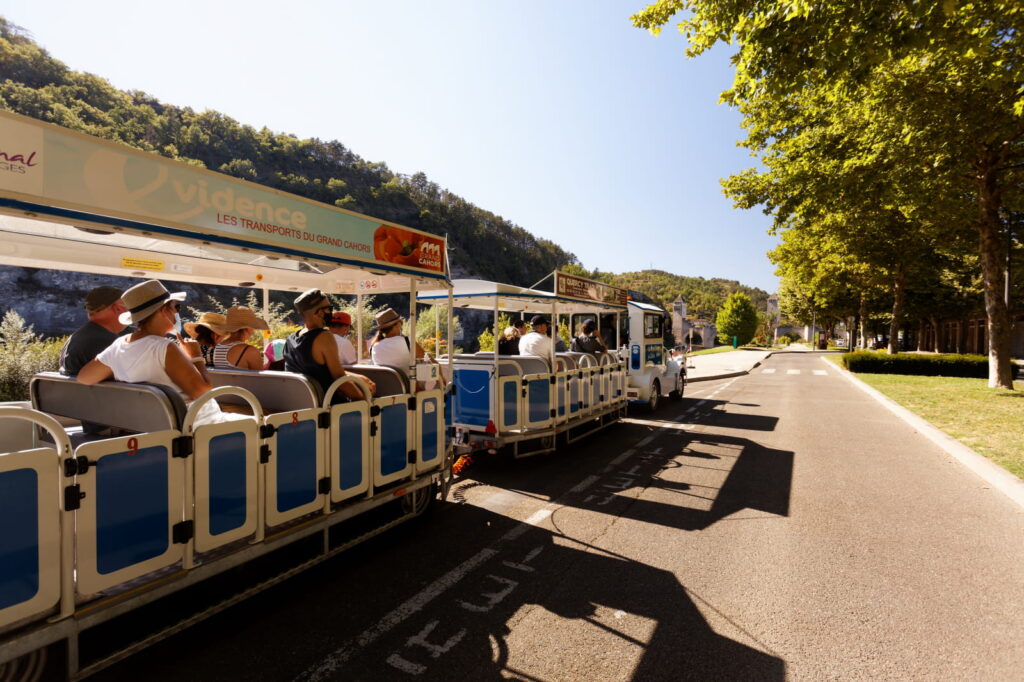
Explore the streets of Cahors on board the little train to discover its historic heritage. Depart from Quai Valentré for a live guided tour, including Maison Henri IV, the old town, Saint-Etienne Cathedral and the banks of the River Lot, where the train returns to Pont Valentré. This tour is ideal for discovering Cahors' main tourist and historical attractions. It's also possible to buy a combined ticket with the Boucle de Cahors Cruise, a 1h15 excursion aboard the Valentré boat, available from April to October.
The article to read: What to do in Occitanie? The 21 most beautiful places to visit
10. La maison de l'eau: an unusual visit in Cahors

The town's first drinking water plant, created in 1853 and closed in 1971, it used the hydraulic power of the Lot to pump water from the Chartreux fountain, which was naturally drinkable. With its original machinery, it has now been converted into a permanent exhibition space on the operation and history of the old pumping station, the Valentré Bridge and water in Cahors and around the world. An original and entertaining visit.
Petit Futé tip: after the visit, enjoy the terrace facing the Valentré Bridge (April to October).
11. Taste the Lot's culinary specialties
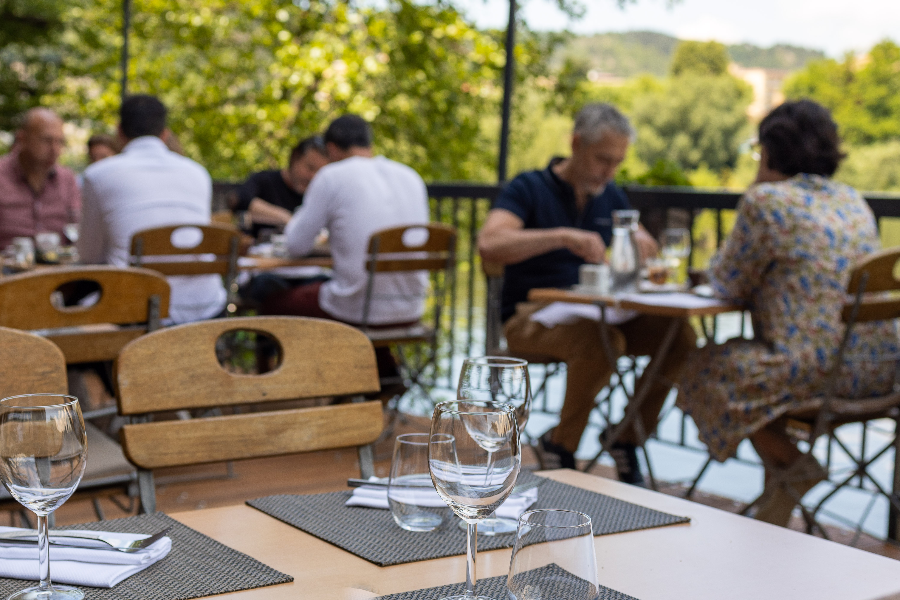
We recommend the Chartreuse restaurant, a must in Cahors. Located on the banks of the River Lot, it has been completely renovated. We love the warm, cosy decor, with its emphasis on wine and the river, as evidenced by the huge picture windows. From the shaded terrace, the panorama becomes bucolic. On the plates, local produce takes pride of place, and traditional dishes from the Lot region are sublimated. The restaurant has been awarded the "Vignobles et Découvertes" label, and offers a varied selection of local wines for you to (re)discover.
12. Drop in to Cahors Saveurs to take home some souvenirs
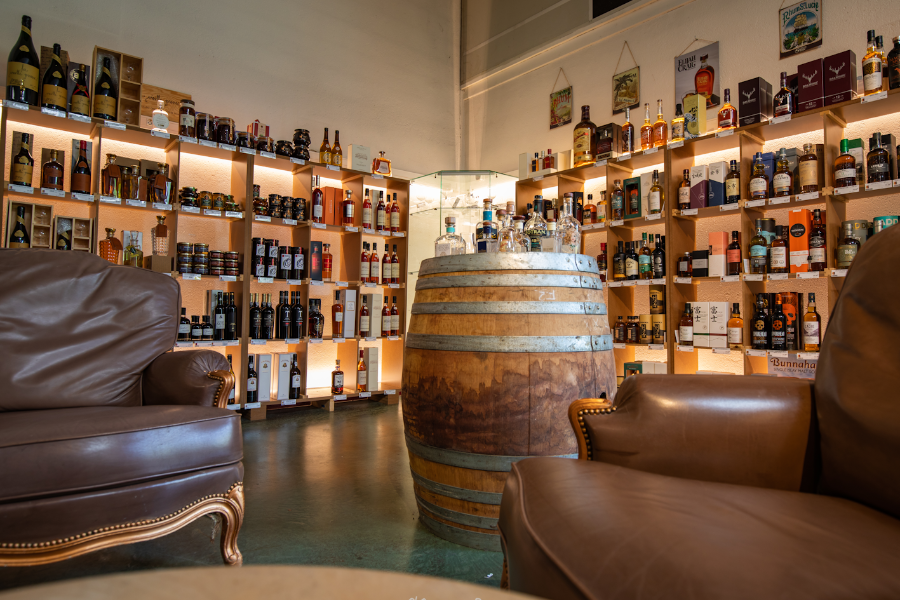
Cahors Saveurs is 400 m² dedicated to a wide range of local products. This fine showcase of Cahors wines also offers a wide selection of other French wines, champagnes, whiskies and spirits, with over 500 references in the cellar. In the delicatessen section, you'll find a wide selection of foies gras and over 400 local products. The Quercy region takes pride of place, with products based on truffles, walnuts, figs and saffron. Cahors Saveurs is also an online wine shop and delicatessen.
13. Youpi Parc for families with children

Treat your children to some enchanted moments! For an hour, an afternoon or a special birthday, the leisure park located a few kilometers from downtown Cahors is the ideal family venue. In a secure, heated and air-conditioned area, you'll find plenty of activities to keep your little ones entertained: mazes, trampolines, a mega ball pool, inflatable courses, slides and more. A baby area, designed for the under-3s, offers age-appropriate activities with early-learning and fun games. For accompanying adults, an adult area is available for relaxing while keeping an eye on the children. Wi-Fi access is free of charge.
The article to read: Where to go on family vacation? 15 favorite destinations!
Where to stay in Cahors?
Cahors offers a variety of accommodation options to suit all tastes and budgets. Here are a few suggestions to help you find the ideal accommodation for your stay:
- The coziest: La Chartreuse
We've fallen in love with this home sweet home on the banks of the Lot, offering air-conditioned rooms with 3-star comfort, which you can book here. It's a house that exudes the gentleness of life, where you'll enjoy a lovely view over the Lot and the old town. Plus: the restaurant where you can discover the local gastronomy.
- Most remarkable: Best Western Plus Hotel Divona Cahors
A remarkable hotel of the highest standard, with a breathtaking view of the Pont Valentré, which you can book right here. We loved its sleek, designer architecture, as well as the fifties-style furnishings inside, right down to the 37 spacious rooms. These are well-equipped and inspire voluptuousness and serenity. The indoor pool area is an absolute must. A very fine address.
- A practical address: Brit Hotel Cahors - Le Valentré
Located right next to the train station, downtown Cahors and the Valentré Bridge, the Brit Hotel Cahors le Valentré offers a high level of comfort. Everything has been thought of to ensure a pleasant stay. We loved the breakfast, featuring fresh produce selected from local producers. Are you tempted? Click here to book your stay.
What are the most beautiful villages to visit around Cahors?
Around Cahors, there are a number of picturesque villages worth visiting for their charm, history and heritage. Here are just a few of the most beautiful villages to discover:
- Saint-Cirq-Lapopie: Classified as one of France's Most Beautiful Villages, Saint-Cirq-Lapopie is perched on a cliff overlooking the Lot valley. Its medieval streets, stone houses and panoramic views make it a must-see.
Read the article: What to see and do in Saint-Cirq-Lapopie? The 15 must-sees
- Puy-l'Évêque: Situated on the banks of the Lot river, this medieval village is also listed as one of France's Most Beautiful Villages. Its half-timbered houses, cobbled streets and rich architectural heritage make it a charming place to explore.
- Rocamadour: Although located a little further from Cahors, Rocamadour is a must-see. This medieval village clinging to the cliff is an important pilgrimage site and offers spectacular views over the Alzou valley.
- Lauzerte: Classified as one of France's most beautiful villages, Lauzerte is a medieval hilltop bastide. Its ramparts, half-timbered houses and terraced gardens offer an enchanting setting.
- Montcuq: Known for its traditional market and medieval streets, Montcuq is a picturesque village that has preserved its authentic charm.
- Cajarc: Situated on the banks of the River Lot, Cajarc is a medieval village with stone houses, narrow streets and a peaceful atmosphere.


